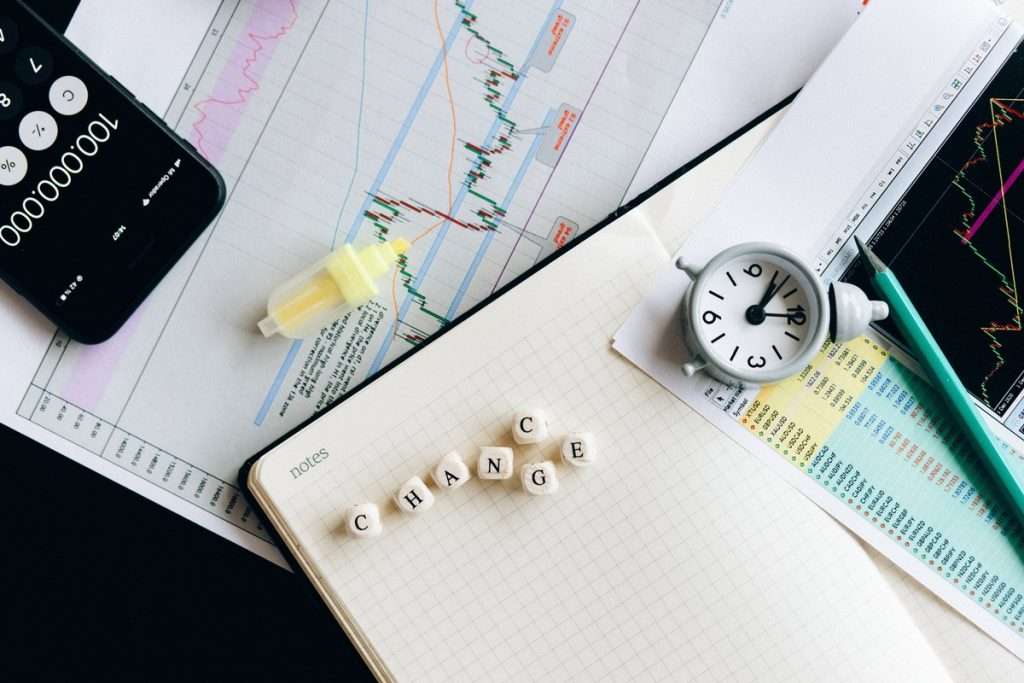Becoming a better trader is a journey, not a destination. The reason most people struggle in the market is this: instead of trying to build a sustainable trading system that will enable them to make consistent profit from the market, they are looking for shortcuts. Thus, questions like How can I turn $5 to $5000 trading overnight? pop up often on searches. Can someone turn $5 to $5000 overnight trading forex? Yes, it is very possible. I have turn $10 to $2000 in 8 days selling Crash 500.
Don’t be left out, Learn how to trade forex the right way, Click here to get started
In this article I am going to guide you on how to develop a trading system that will make you a better trader in 2024. So, if you are ready to build your own trading system, stick around to the end and you will be glad that you stumbled on this article today.
Table of Contents
How to Develop a Trading System
I have been in the market for over 12 years, and I can tell you that I have seen so many successful and struggling traders; the difference between the two is trading system. While successful traders followed a well defined system that they upgrade often, struggling traders are jumping from one strategy to another, looking for a shortcut or the easy ways to make money from the market. So how can a trader develop a winning trading system and stop jumping from one strategy to the other? Let’s dive in.
What is a Trading System?
A trading system is a set of rules that guide your trading journey. As a rule of thumb, some of the questions or concerns contains in the system include:
- Your target market
- Your Entry and Exit strategy
- Your Risk management strategy
- Your Trading History
- Your Back-testing system/win rate
- What to do before the beginning/the end of every trading day, etc.,
If you don’t have a system that define the item listed above, you will keep struggling in the market. If you want to succeed in 2024 as a trader, you have to up your game, and I am ready to guide you, if you will let me.
Before we begin, don’t let anyone deceive you, trading is sweet when you have a good equity, but good equity without a good trading system is a recipe for failure. Once you have a good system and a good equity, your system will help you to protect your equity and you will enjoy your trading journey.
Let look at these items one by one.
Step 1: Your target Market
You need to understand your target market, that is – Which asset are you trading? It is wrong to trade all assets at once, find one or two assets, then study and focus on them. Limiting your options to just one or two asset will help you to understand the asset, as you will devote your time and resources to study the market history and can memorize/predict daily Highs and Lows without looking at the chart.
Step 2: Your Entry and Exit Strategy
Now that you know your target market, You need to define some rules that will guide you in the market, these rules will include when to buy or sell, how long you will stay in the market, your profit and lose margin, etc.
For instance,
Let say your asset is GBPUSD:
Rule 1: When to Buy and Sell GBPUSD
Buy at Strong Support and Sell at Strong Resistance (This is true for all great traders)
1. I will define Strong Support by Previous daily low and Strong Resistance by Previous daily high.
2. I will use trendlines to confirm the support and resistance point.
3. I will add stochastic tool (you can use any tool) to spot divergence to support my decision to buy or sell.
4. To understand market momentum, I will use Simple Moving Average (10) apply to low to study the market momentum, if the price is trading above Simple Moving Average 10, it means the buy momentum is building, if it is trading below the Simple Average 10, it means the sell momentum is building.
5. The Strong Support and Resistance point will be my Point of Interest (POI) while my Point of Entry (POE) will be 5 to 10 pips above the POI for buy and 5 to 10 pips below the POI for sell depending on market reaction at the POI and my Point of Exit (POE) will be 10 Pip below the POI for buy and 10 pips above the POI for sell
Point of Interest(POI), is a point you marked on the chart where you expect the market to take certain decision, the decision of the market at your marked POI will determine your entry and exit in the market, while Point of Entry (POE) is a point in the market that you placed a trade.
Note: The above entry/exit strategy is an illustration that you can work on to develop your own.
6. I will define my analysis and trading time frame (what time frame are you using to analyze? what is your entry timeframe?), I will use D1, H4 and M30 to analyze (3 timeframe analysis is always the best) then use M15 and M5 to place the trade
7. I will decide my standard lot size per entry. This is very important, there is no need to use big lot size and put your equity under pressure, remember the long term goal – steady and consistent daily profit, so focus on growing your equity, don’t overleverage.
Step 3: Back-test your entry and exit strategy
I have been in the market for over 12 years but I still back-test my strategy to upgrade my trading system. Back-testing your trading strategy is very important. You have to master your strategy, adjust it to fit your trading style, before investing your money in the forex market.
You can use Demo account to study, refine and understand your strategy before using same in a real account. During the back-testing period you can adjust what is not working fine until you are able to get a system that will give you good profit with minimal loses.
Always ensure that you follow the laid down rules in your trading system during the back-testing period, don’t just buy or sell without a good reason. Make sure all your trading actions on Demo obeys your laid down rules.
Step 4: Your Risk Management Strategy
Remember the first step is knowing and deciding which asset to trade, the second step is developing the rule of entry and exit, the third step is back-testing your strategy, the next step is knowing how long you will stay in the market, and how many trades you will take in a day.
You cannot be a successful trader if you cannot develop a means of protecting your equity.
Risk management are those rules you set out to protect your equity in the forex market. From your stop loss to your profit and loss percentage; risk management strategy will help you against revenge trading and help you stay longer in the market.
Risk Management is an integral part of your trading system.
To be a successful trader, you must ensure that your lot size are clearly define and your daily profit to loss margin is set. Also decide the number of trades and their duration daily. It’s wrong to stay too long in the market. Always take some time to clear your head, study your trading history and prepare ahead
Step 5: Study your Trading History
Your trading history will help you to know your best trading timeframe, best asset, why you lose, and why you win. I review my trading history at the end of every trading day. Apart from boosting my confidence, reviewing my trading history also help me to upgrade my trading system
A Well defined plan, a good mindset, patient and risk management are vital ingredients for a good trading system
Step 6: Work on your Psychology
1. Your psychology matters when it comes to trading, decide what you will do when you are on a losing streak (because losing is part of the journey)
2. Work on your patience: Sometimes, it can take some times before you see a good trade set-up based on your strategy, waiting for a good set-up and maximizing that opportunity is a game changer in the forex market. So don’t allow the fear of missing out to make you enter any trade prematurely, learn to wait.
3. Confidence is a good tool, work on it and use it to maximize any opportunity that meets your strategy trade setup in the market.
Remember, you are your own boss in the market, there is no one monitoring you, so develop a trading times-table and stick to it, Please make room for learning in your trading times-table..
Goodluck in your trading journey, see you in 2024
Disclaimer
Deriv offers complex derivatives, such as options and contracts for difference (“CFDs”). These products may not be suitable for all clients, and trading them puts you at risk. Please make sure that you understand the following risks before trading Deriv products: a) you may lose some or all of the money you invest in the trade, b) if your trade involves currency conversion, exchange rates will affect your profit and loss. You should never trade with borrowed money or with money that you cannot afford to lose.

